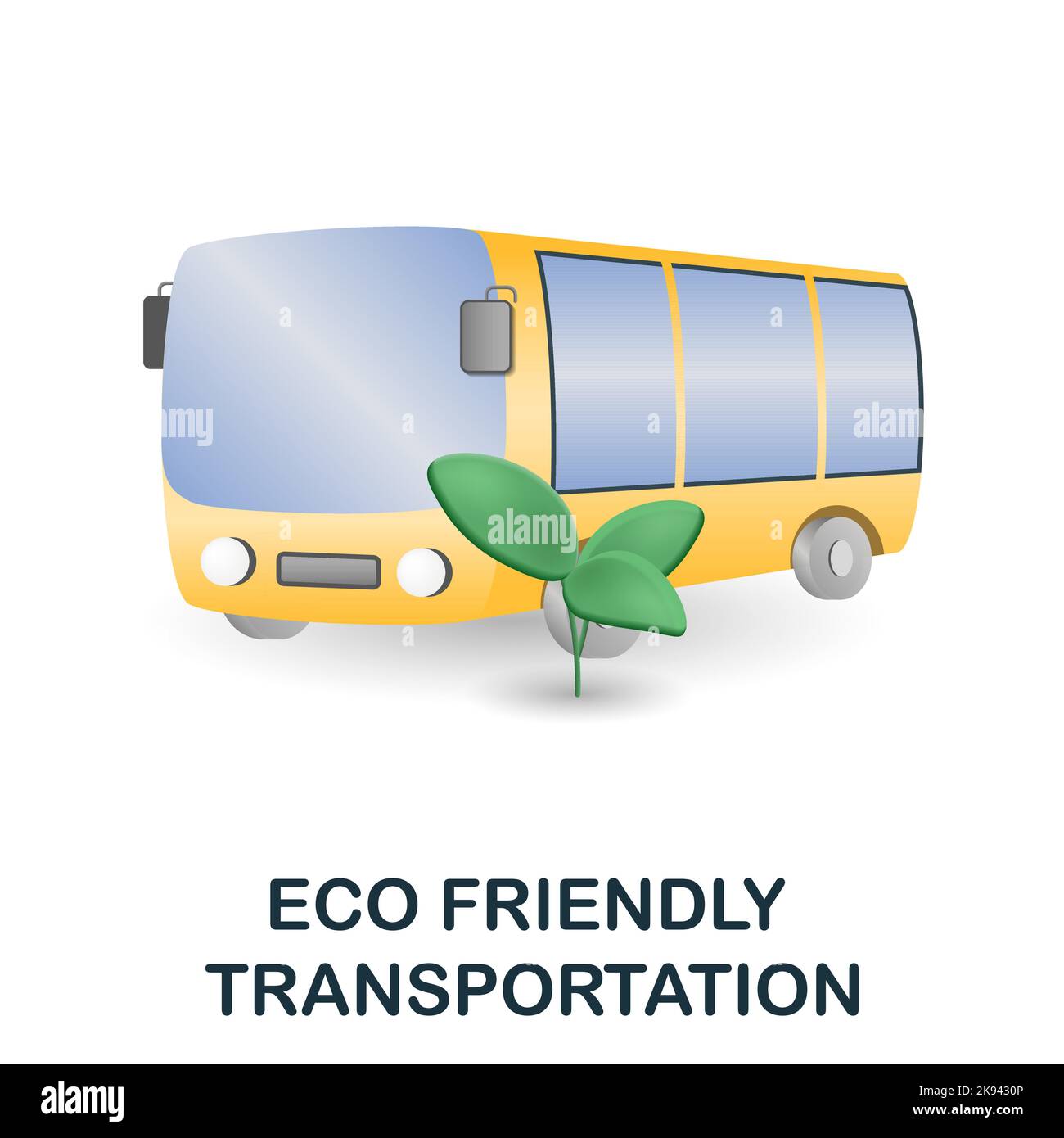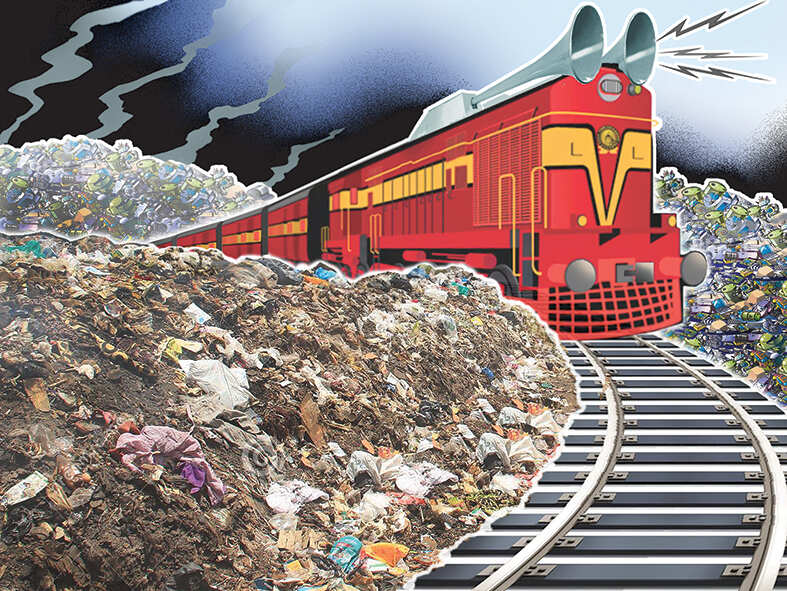Exploring Wind Power For Trains: An Eco-Friendly Transportation Solution

Table of Contents
The Feasibility of Wind Power for Trains
Harnessing the power of the wind to drive trains might sound futuristic, but the concept is gaining traction. Several methods are being explored to integrate wind energy into train propulsion systems, offering a viable alternative to traditional fossil fuels.
Harnessing Wind Energy for Traction
Several approaches are being investigated for utilizing wind energy to power trains:
-
Onboard wind turbines: Smaller, lightweight turbines could be mounted on trains themselves. This approach presents challenges in terms of size limitations, aerodynamic efficiency, and optimal placement to minimize drag and maximize energy capture. Research is ongoing to develop turbines that are both powerful and aerodynamically efficient enough for this application.
-
Alongside track wind farms: A more practical approach involves constructing wind farms alongside railway lines. The generated electricity can then be fed into the train network via overhead lines or ground-level power supply systems. This requires robust energy storage solutions and a smart grid to manage the intermittent nature of wind power.
-
Hybrid systems: Combining wind power with existing sources, such as the electricity grid, offers a more reliable and stable power supply for trains. This hybrid approach mitigates the intermittency issues associated with wind energy alone and ensures a consistent power source for train operations.
Technological Challenges and Innovations
Despite the potential, several challenges hinder the widespread adoption of wind power for trains:
-
Intermittency of wind: Wind is an unpredictable resource. Effective energy storage solutions, such as advanced battery technologies or pumped hydro storage, are crucial to address this intermittency and ensure a continuous power supply for trains. Smart grid integration is also essential to manage the fluctuating energy input.
-
Turbine design for train application: Designing turbines specifically for train applications requires careful consideration of aerodynamics, durability, weight, and the harsh environmental conditions trains often encounter. Innovations in lightweight materials and turbine design are crucial for improving efficiency and reducing the overall weight added to the train.
-
Integration with existing rail infrastructure: Integrating wind power into existing railway infrastructure requires significant investment and presents logistical challenges. Retrofitting existing lines to accommodate new power sources might be costly and time-consuming.
-
Specific examples of ongoing research projects or pilot programs globally: Several research institutions and companies are actively involved in developing wind-powered train technology, with pilot projects underway in various countries. For instance, researchers in [mention a specific country/region] are exploring the use of onboard wind turbines for regional trains, while others are focused on integrating large-scale wind farms alongside major railway lines.
-
Mention key players in the development of wind-powered train technology: While the field is still relatively nascent, several key players, including [mention specific companies or research institutions], are driving innovation in this sector.
Environmental and Economic Benefits
The adoption of wind power for trains promises significant environmental and economic advantages:
Reduced Carbon Footprint
Replacing fossil fuels with wind energy for train propulsion dramatically reduces greenhouse gas emissions. The exact reduction will vary depending on the specific energy mix and train type, but the potential for significant CO2 emission decreases is substantial. This aligns with global efforts to mitigate climate change and promote sustainable transportation.
Cost-Effectiveness and Long-Term Savings
While the initial investment in wind power infrastructure for trains is significant, the long-term cost savings can outweigh the initial expenditure. The operational costs of wind energy are considerably lower than those of fossil fuels, leading to reduced fuel bills and lower maintenance expenses over the lifespan of the system.
Job Creation and Economic Growth
The development and implementation of wind power for trains will create new jobs in manufacturing, installation, maintenance, and research. This technology fosters economic growth in the renewable energy sector and associated industries, stimulating innovation and boosting local economies.
-
Statistics on greenhouse gas emissions from rail transport: [Insert relevant statistics on greenhouse gas emissions from current rail transport methods].
-
Projected cost savings and return on investment (ROI) data (if available): [Insert data on projected cost savings and ROI, if available, with proper citations].
-
Examples of government incentives or policies supporting renewable energy in transportation: [Mention specific government policies and incentives supporting renewable energy in the transport sector].
Future Prospects and Potential Applications
The future of wind power for trains looks bright, with significant potential for wider adoption and integration into existing and future rail systems.
Scalability and Wider Adoption
The scalability of wind power for trains depends on several factors, including wind resource availability, geographic location, and the existing rail infrastructure. Regions with consistently high wind speeds are particularly well-suited for this technology, making it a potentially transformative solution in areas with suitable wind resources.
Integration with Smart Rail Systems
Integrating wind-powered trains with smart rail systems can optimize energy usage, improve operational efficiency, and enhance the overall performance of the rail network. This integration would involve sophisticated energy management systems that dynamically adjust energy supply based on real-time demand and wind availability.
Potential for Different Train Types
The applicability of wind power extends across various train types, including high-speed trains, freight trains, and commuter trains. The specific approach to integrating wind energy will differ depending on the type of train and its operational requirements.
-
Examples of regions or countries ideally suited for wind power integration in rail transport: [Mention specific regions or countries with suitable wind resources and robust rail networks].
-
Potential future innovations (e.g., advancements in energy storage, improved turbine efficiency): [Discuss potential future innovations that could further enhance the feasibility and efficiency of wind power for trains].
-
Discussion on the regulatory landscape and policies needed to facilitate the wider adoption of wind-powered trains: [Discuss the regulatory environment and policy changes needed to support the growth of this technology].
Conclusion
Harnessing wind power for trains presents a promising pathway towards a sustainable and eco-friendly transportation future. While technological challenges remain, the potential environmental and economic benefits are significant. Further research, development, and investment are crucial to realize the full potential of this innovative approach. Let's embrace the possibilities of wind power for trains and work towards a cleaner, greener tomorrow. Explore the potential of integrating wind power for trains and contribute to a more sustainable transportation system.

Featured Posts
-
 Wind Powered Trains Reducing Pollution And Saving Energy
May 04, 2025
Wind Powered Trains Reducing Pollution And Saving Energy
May 04, 2025 -
 Crawford Canelo Fight Benavidezs Presence Exposes Underlying Disrespect
May 04, 2025
Crawford Canelo Fight Benavidezs Presence Exposes Underlying Disrespect
May 04, 2025 -
 Mma Betting Top Picks And Predictions For Ufc Des Moines Today
May 04, 2025
Mma Betting Top Picks And Predictions For Ufc Des Moines Today
May 04, 2025 -
 Rozhdenie Docheri Maks Ferstappen Stal Ottsom
May 04, 2025
Rozhdenie Docheri Maks Ferstappen Stal Ottsom
May 04, 2025 -
 Bakole Vs Ajagba Fight Best Betting Tips And Odds Comparison
May 04, 2025
Bakole Vs Ajagba Fight Best Betting Tips And Odds Comparison
May 04, 2025
